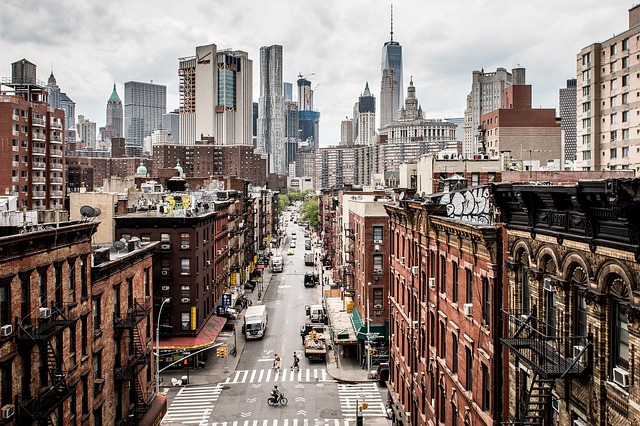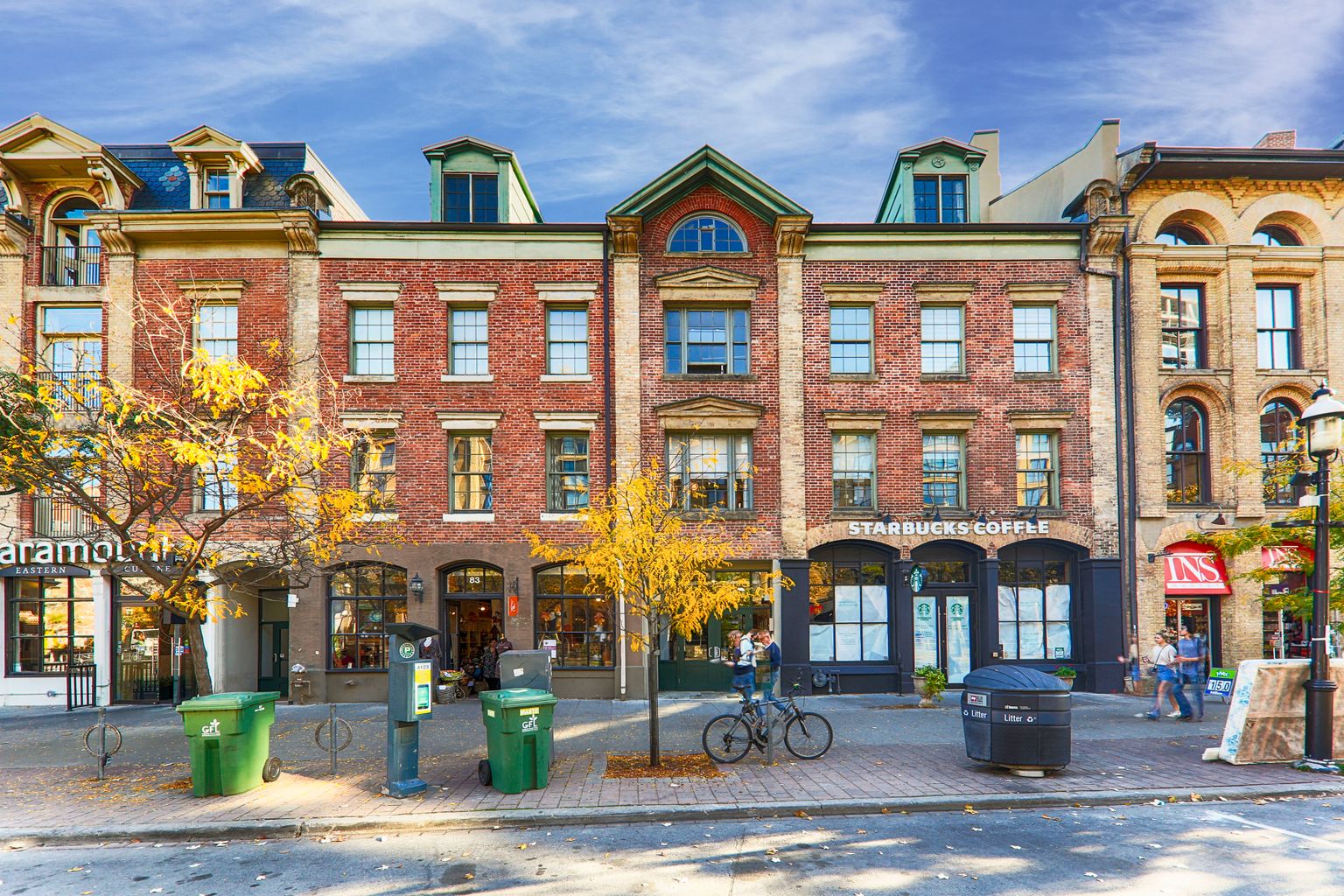The Evolution of Lofts in Toronto
Lofts didn’t appear out of thin air. They evolved over time, from Paris, to New York and finally Toronto.
 Written By Lorena Beccari
Written By Lorena Beccari Lofts all over the world have developed and matured over time, in small, incremental steps. Today, they are among the most desired real estate money can buy, particularly lofts in Toronto and other major cities.
Technically, a loft isn’t all that different from a condo building. Both involve buying a property in a building that is home to other properties. Both involve property managers, a condo board, maintenance fees, and in many (but not all) cases, amenities.
The first area to see industrial buildings converted into residences was Bloor West, in the 1980s.
What does set the class of buildings known as lofts apart from condos, then, is their distinctive style. And just as humans have evolved slightly differently than other species, lofts have also taken their own unique journey in order to become the sought-after homes they are today.
It’s worth noting that lofts aren’t for everyone. Not everyone romanticizes exposed brick, concrete pillars or wooden beams. However there is certainly a considerable amount of demand for that rustic, bohemian style. So much so that conversion lofts are notably more expensive than their more traditional condo counterpart.
From Paris…
As many fashionable trends do, lofts originated in Paris. Artists needed the space to make oversized paintings, and were able to take advantage of high ceilings found in formerly industrial spaces to do so.

…to New York City…
Bohemian types living in New York City continued the trend, with lofts really catching on in NYC in the 40s and 50s, and mainly in SoHo (previously a manufacturing area).
No one at this time needed large spaces for oversized canvases more than Jackson Pollock and Willem de Kooning. One particular loft in Greenwich Village quickly became a hub for these two and their Abstract Expressionist pals.
While spaces like this and Andy Warhol’s Factory seem glamorous to us now, they weren’t all that posh at the time. Up until the 1970s, the illegal status of lofts meant a lack of basic things like hot water, and more importantly, a lack of safety. While artist-tenants got away with paying little to no rent, they were considered squatters living in dangerous areas.
In the 70s, however, a shift occurred. The people had spoken, and the popularity of lofts had forced the city to change its ways. Previously commercially-zoned spaces were re-zoned as residential.
Once legitimized, lofts became officially viable options, and people loved the idea of something different from the standard condo. Trend-setting Manhattanites caught on quickly to this trend, but not for reasons anyone might guess.
The white cube art gallery as we know it was inspired by these lofts. When Betty Parsons opened a gallery in 1946, hers was the first to move away from carpeted floors and dark walls, with paintings in elaborate frames. Instead, she embraced the bare, white, undecorated, loft aesthetic that matched the environments in which the art had been made. As wealthy art buyers came to see art in these spaces, they began to desire the same aesthetic for their own homes.

…to Toronto
Lofts took off a little bit later in Toronto. The first area to see industrial buildings converted into residences was Bloor West, in the 1980s. 6 Bartlett Ave was one of the first hard lofts in the city, converted in 1985 from a former factory that once housed a twine mill, an auto garage and a manufacturer of fishing tackles.
Throughout the 80s and 90s, the majority of buildings that could be converted were made into lofts, satiating the new desire for these unique living spaces. Once the majority of possible spaces had been converted, developers were left with no choice but to build condos that would emulate the traditional loft aesthetic. These are now commonly referred to as ‘soft lofts.’

Many of these contemporary soft lofts feel and look like conversion lofts, so that those unable to find or afford an available hard loft still have options. Today, very seldom does a factory or industrial space close, resulting in a new hard loft conversion opportunity. Soft lofts are certainly not all created equal (as is the case with hard lofts), however for those unwilling or unable to wait for a conversion, soft lofts are a great option to explore. Check our article on the most affordable lofts in Toronto.
This is just my opinion, but based on what I've observed in the Toronto loft market as of late, the most popular hard lofts include the Tip Top Lofts, the Candy Factory Lofts, the Argyle Lofts, the Foundry Lofts, and the Robert Watson Lofts.
Starting your search for a new home? Click on any of these links to access active listings, sold listings or contact a Strata agent.
For any questions about this article or media inquires, please email media@strata.ca

